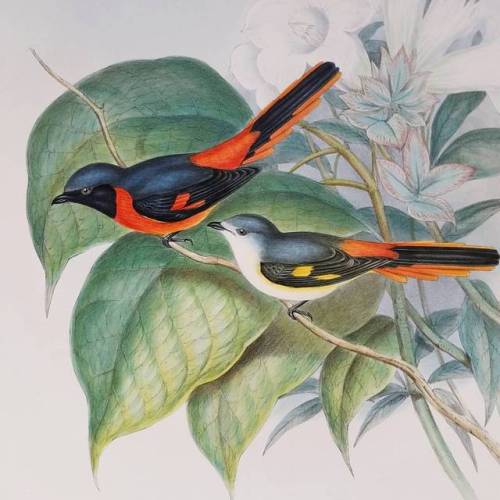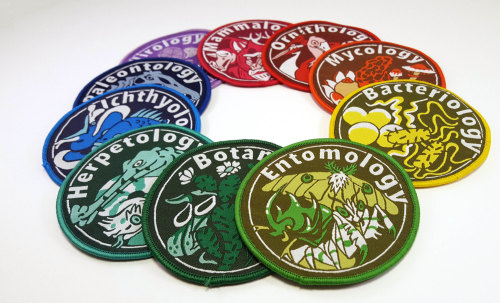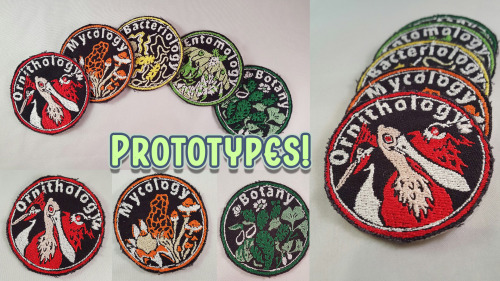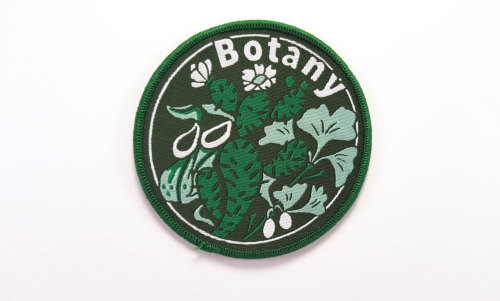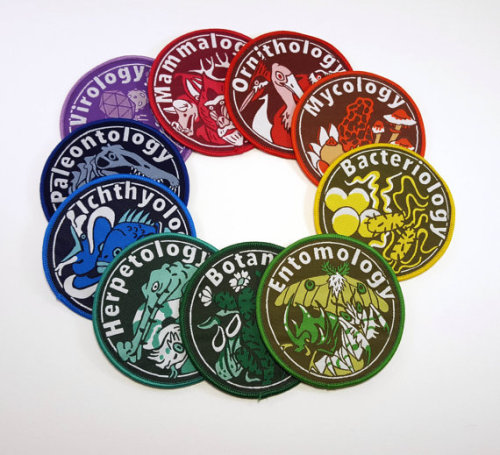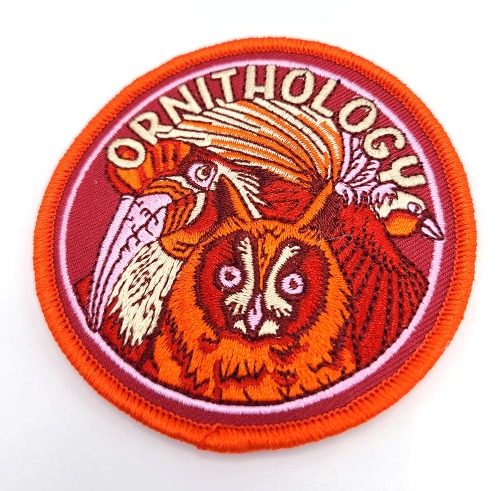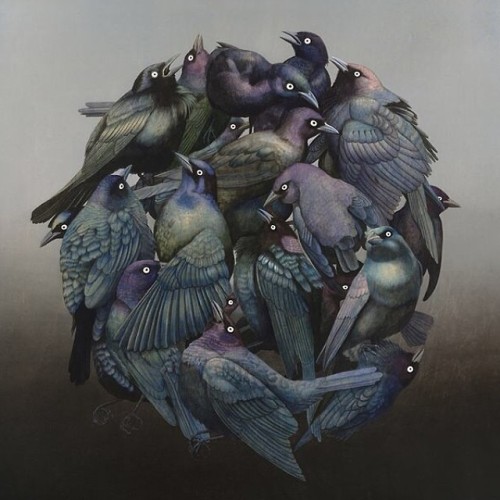#ornithology








Here are some random process shots that one of my followers inspired me to post.
It’s nice to show finished pieces, but that’s not reality. The reality is, most everything is a work-in-progress; I’m constantly multitasking from piece to piece. It’s like how movies are shot out of order.
My specimens are pretty strange looking at first and I’m usually covered in foam or paint. All that matters is that the final presentation is accurate, tells a story and that you manage to scrub yourself clean.
The best way to make something is to first make a mess.

This is an adult American White Pelican I’ll be working on for the Maturango Museum. At 9 feet, this species has the second largest wingspan in North America (beat by the California Condor) and a horn on it’s beak during breeding season. Yeah. I’m pretty excited to be working on it.

Another photo from my shoot fit The Washington Post @washingtonpostmag by @iancredible
I’m with a leusistic Raven I had been working on. Leucism is a genetic partial loss of most pigment, and does not result in the red eyes you see in albinism.
‘White Ravens’ such as this are extremely rare. I’ll share more about her once I get solo photos taken of her. In the meantime, please enjoy my ‘blue steel’ face.






Duck, some assembly required.
Here are some process pics from Olivia Miseroy of @terrafaunadesign from The ‘Dead-Stream’ on Tuesday.
Olivia showed us how she creates and paints replica parts for taxidermy.
Replica parts are used in taxidermy for recreating fleshy areas that might shrivel or be attractive to pests.
So, we make mold of them, pour resin into those molds to create a ‘cast’ and then paint them.
Flip through to see some of Olivia’s process photos and see here favorite products.
.

Who wants to learn to paint some ducks? And, why the heck would you need to paint them? And what are replica parts?
Tomorrow, Tuesday at 12pm PST we’ll be going live with Olivia Miseroy of @terrafaunadesign to answer these questions.
Olivia will take us through her replica part creation explanation and then a demo on how to use paints, dry pigments and airbrush to paint life-life effects.
Seriously her painting techniques are applicable for any artist or taxidermist.
Tune in at Instagram.com/Allis

One of my early inspirations for becoming a taxidermist was the Victorian era obsession with the art. This piece was created by me a few years ago as an homage to that era.
Victorian taxidermy is said to have been stemmed from a newfound interest in the natural world from the emerging middle class. This new middle class now had time & expendable income to collect and even create ‘parlor art’ ; taxidermy, wax flowers, shell collections, fossil collections and more.
They began collections known as ‘Cabinets of Curiosity’ inspired by their newfound ability to travel and visit museums. In fact, before the Victorian era, museums were closed spaces only accessible to members of the aristocracy, academia and other privileged classes.
Today, while museums and education are considered open to all, we must remember there is still privilege in getting access. We all have to do our part to support programs for the underprivileged and also minorities in STEM. Science and education is for everyone!

We are all just marionettes. Here you can see me pulling on the tendons of this Toucan foot and manipulating the digits. Fascinating!
I’ve pulled the tendons out of the bottom of the foot in order to remove them from the specimen. This makes room up the back of the foot for a wire in the mounting step of taxidermy.
I remember the first time I pulled the tendons on a bird. It was a hawk and the talons closed around my fingers. I jumped up and thought it was alive for a second! Today, I love showing this to students and seeing the fascination in their eyes.

I’m beyond honored to be interviewed on my favorite podcast, Ologies.
Ologies is the creation of science educator and sassy brain-queen, Alie Ward. If you’re not already a fan, you need to get this in your ears now! Just subscribe in your preferred podcast app! Or check out this LINK
I’m talking Penguinology, Plumology, Fearology and basically any other cool science subject you want to hear. Check out @ologies and @alieward

I just wanted to share about my very good friend Vahe. He is a master falconer and owner of @falconforce_falconry. In 2019 that means part of his job is providing sustainable pest management service to growers of cherries, blueberries and wine grapes.
He utilized different types of falcons/hawks for different types of jobs as well. Sometimes that means chasing off invasive Starlings from berries and other times that means clearing public spaces of pest birds.
“To watch the berries from green to the most vivid ripe blue and untouched by nuisance invasive birds in a period of 45 days is a gratifying spectacle.”
Check out his page to see beautiful photos from his work at @falconforce_falconry or head to www.FalconForce.com for falconry based bird abatement services.

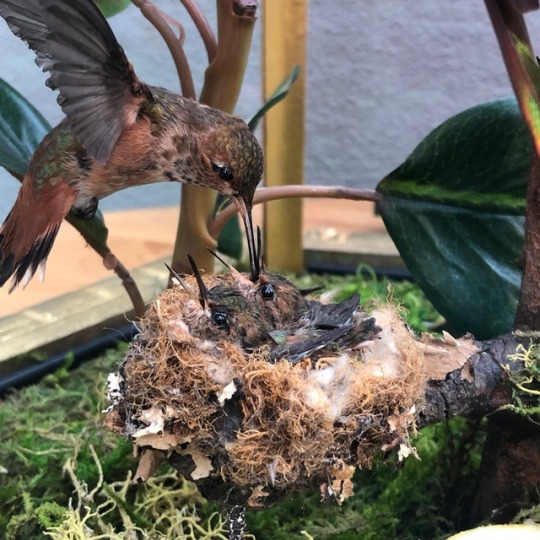

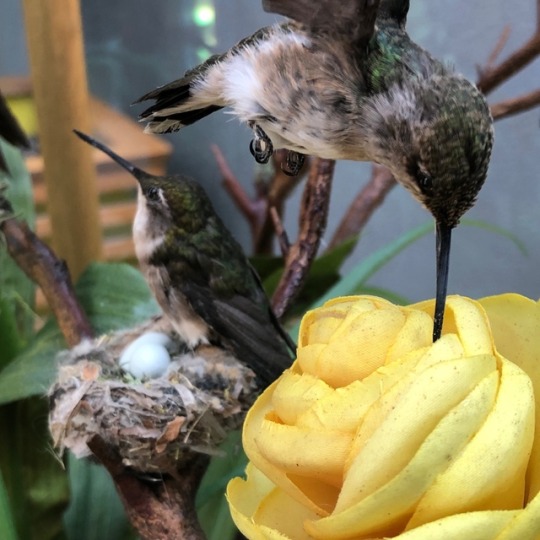
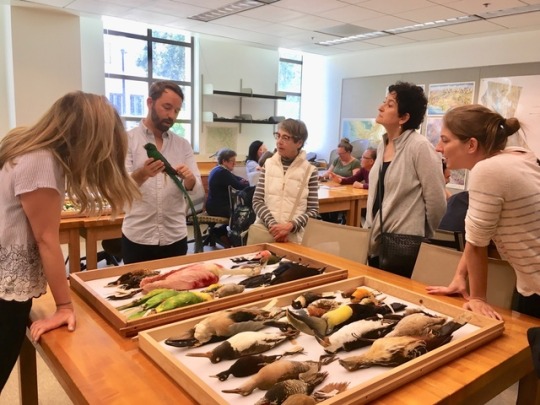

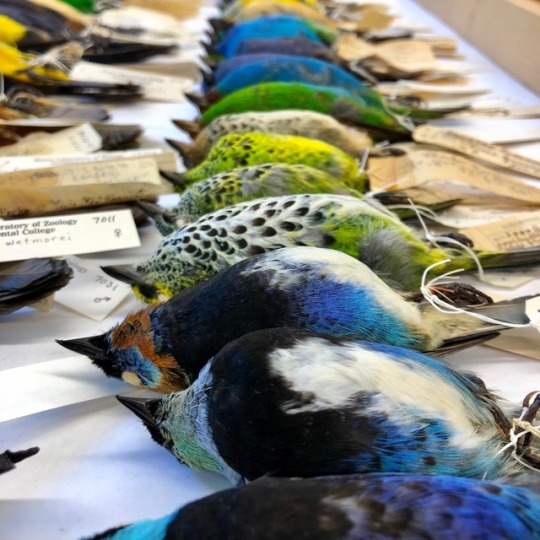
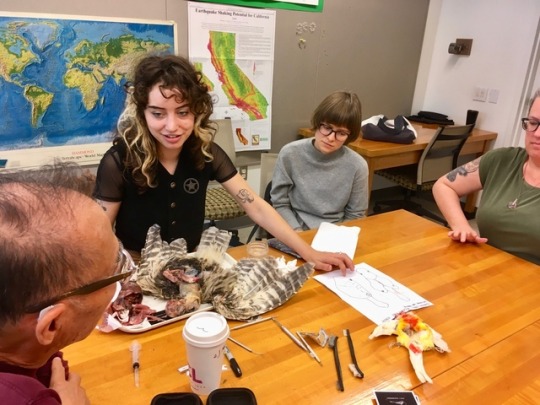

Here are some snaps from LA Science Weekend; an event by the New York Times & Atlas Obscura Society.
I was honored to be doing a workshop alongside the Moore Lab of Zoology about taxidermy for research and display. The guests were so fun and had so many great questions!
Also, I love working with the crew from the Moore Lab because it gives me the opportunity to ask my many bird questions to actual scientists. Getting an accurate piece of taxidermy is all about capturing natural behaviors and taxonomy.
Our Hummingbird cases from the Huntington exhibit even got to come out for an evening at the Line Hotel.
Did I mention we got to go to a Dino soirée at my alma mater, the Natural History Museum of Los Angeles?
A very doable weekend!

My basic prep kit. It includes (from left to right): Crane Scissors, Tweezers, Fleshing Brush, Plastic Pick, Dental Pick, Clay Tool, ‘Tucker’ Clay Tool, Scalpel Handle, #15 Slim Scalpel Handle, Bone File, Cotton-tipped Applicator, Syringe, Custom Tiny Fleshing Brushes.
I hope this helps to show what I use to skin most small birds and mammals.
Northern shoveler / CAS-ORN 99934
Scientific name: Anas clypeata
Higher geography: North America, USA, California
Department:Ornithology & Mammalogy, image©California Academy of Sciences
Post link
Red-tailed hawk / CAS-ORN 92406
Scientific name: Buteo jamaicensis
Higher Geography: North America
Department:Ornithology & Mammalogy, image©California Academy of Sciences
Post link
Little Pericrocotus
Details of an original hand colored lithograph from John Gould’s ‘Birds of Asia’, London, c1850.
Elephant folio, 22"x15" overall.
450.00
For more information and scans contact me at [email protected]
#birds #johngould #gould #ornithology #art #illustration #interiordesign #interiordecorating #decorating #design #antiqueprint #antique #vintage #printmaking #prints
https://www.instagram.com/p/BP_AuRpldQR/?utm_source=ig_tumblr_share&igshid=1prcn17o8492o
Post link
BIG UPDATE!
I’ve finally finished my biological patches set! After many months of designing, editing, and trial and error, I’m proud to post up photos of the final products!
They are woven with bright, beautiful colors that will endure many washes and adventures to come. They’re only $8 in my store:
https://www.etsy.com/shop/Monsternium
Here are the first five patches in my biological patch set. Once all ten are made, the rainbow of studies will be complete! Each one is illustrated, digitized, and embroidered by me. Stay tuned for more! Next up is herpetology ;)Reblogging this post for the update!
Reblogging again for yet another update! Newly added: Arachnology.
All the designs have been redrawn, new creatures picked. Super happy with these!
Available now in my shop:
https://www.etsy.com/shop/Monsternium
Post link
BIG UPDATE!
I’ve finally finished my biological patches set! After many months of designing, editing, and trial and error, I’m proud to post up photos of the final products!
They are woven with bright, beautiful colors that will endure many washes and adventures to come. They’re only $8 in my store:
https://www.etsy.com/shop/Monsternium
Here are the first five patches in my biological patch set. Once all ten are made, the rainbow of studies will be complete! Each one is illustrated, digitized, and embroidered by me. Stay tuned for more! Next up is herpetology ;)
Reblogging this post for the update!
Post link
BIG UPDATE!
I’ve finally finished my biological patches set! After many months of designing, editing, and trial and error, I’m proud to post up photos of the final products!
They are embroidered with bright, beautiful colors that will endure many washes and adventures to come. They’re only $8 in my store:
https://www.etsy.com/shop/Monsternium
Here are the first five patches in my biological patch set. Once all ten are made, the rainbow of studies will be complete! Each one is illustrated, digitized, and embroidered by me. Stay tuned for more! Next up is herpetology ;)
Post link
One animal’s trash is another animal’s treasure—just ask the Greater Adjutant (Leptoptilos dubius).
This South Asian resident, which is known for eating large carrion, is often seen hanging out around landfills, scavenging whatever treats it can find. When it’s not rummaging through garbage, it might be spotted in wetland habitats, going after tasty fish and crustaceans. This large bird has a wingspan that can reach more than 8 feet (2.5 meters), and it can grow to nearly 5 feet (1.5 meters) tall.
Photo: Francesco Veronesi, CC BY-SA 2.0, flickr
#AnimalFacts #birds #GreaterAdjutant #trash #ornithology
https://www.instagram.com/p/CbgdMeCrEkK/?utm_medium=tumblr
Post link



